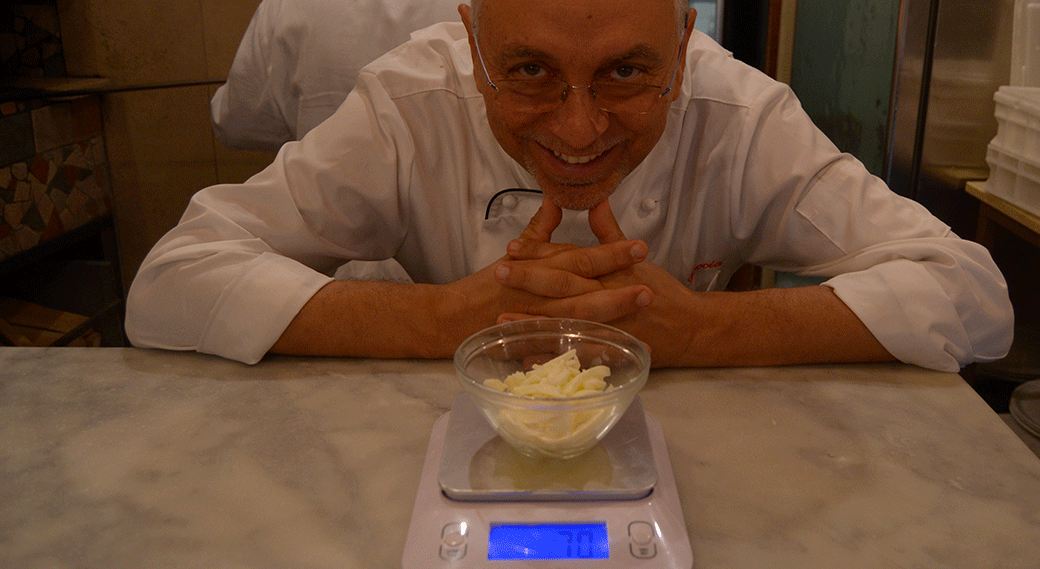by Enzo Coccia
A few days ago, the information website giornale.it put on the frontpage “Allarme bambini obesi. Così la Gran Bretagna restringe pizze e torte” (Alarm bell sounds for obese children. So, Great Britain shrinks pizzas and pies”). This piece of news certainly scares us and warns all the English mothers, and not only them, which go to a pizzeria or buy takeaway pizzas to have a family home evening weekly.
From a careful reading of the article written by Manuela Gatti, it seems that the UK Department of Health is probing the possibility of imposing a limit on calories in pizzasand pies. In fact, the article underlines that a Domino’s pizza with salami has 1212 calories and the same product by Pizza Hut has 1050 calories.
However, it is not possible to generalize in this way: this piece of news is certainly sensational but it confuses us and it answers to the clear intention of indexing ilgiornale.it website. That said, it is important not to confuse the work of pizza chains (Pizza Hut, Domino’s Pizza, Papa John’s Pizza, etc.) with the artisanal work of the Neapolitan pizza product. That’s a different thing!
The smallest pizza made by these famous companies is a medium pizza called 12 inches, which is about 31 centimeters in diameter. Our “mignon” pizza is instead 28 cm large and it weighs only 150 grams. To be honest, I do not know the weight of the medium pizza that, obviously, determines the amount of carbohydrates but, in any case, we are talking about two products having a completely different composition. Moreover, it lacks of a right scientific comparison on the toppings.
A study by the University of Auckland in New Zealandpublished on the Journal of Food Science states that on most of the pizzas produced all over the world there are cheeses as cheddar, edamer, Emmentaler, gruyere, grated or cut into flakes, and, for vegan happiness, more recently the soy mozzarella also. These are all products that increase calories exponentially.
While if we analyze Cnr data on Neapolitan pizza, we find that a marinara has 345 calories while a margherita has 538 calories. In particular, in a margherita with 70 grams of fior di latte cheese, 177 calories are provided by the latter ingredient, while in a margherita with 70 grams of buffalo mozzarella, there are 190 calories from mozzarella. We are analyzing just the filling and we can understand that our pizza has half the calories of those offered by these big chains of pizzerias.
Besides this aspect, I think it is necessary to reflect on the difference between the calorie content of the Neapolitan pizza and the various sugary snacks (brioches, sponge cakes, cakes filled with milk or jam, shortcrust pastry, etc) whose total sugars and fats supply 407 calories on average (100 gram portion).
Then, it is not a coincidence that, in his pioneering research conducted in the 1960s, the American epidemiologist and physiologist Ancel Keys put the Neapolitan pizza in the Mediterranean diet.
Therefore, the Neapolitan pizza does not make you fat, you can follow most Italian dieticians’ advice who include the pizza in diets at least once a week. My porter Nunziatina also says: “una pizza a settimana accattatavell e vi consolate(eat a pizza once a week and you’ll feel so good).




















